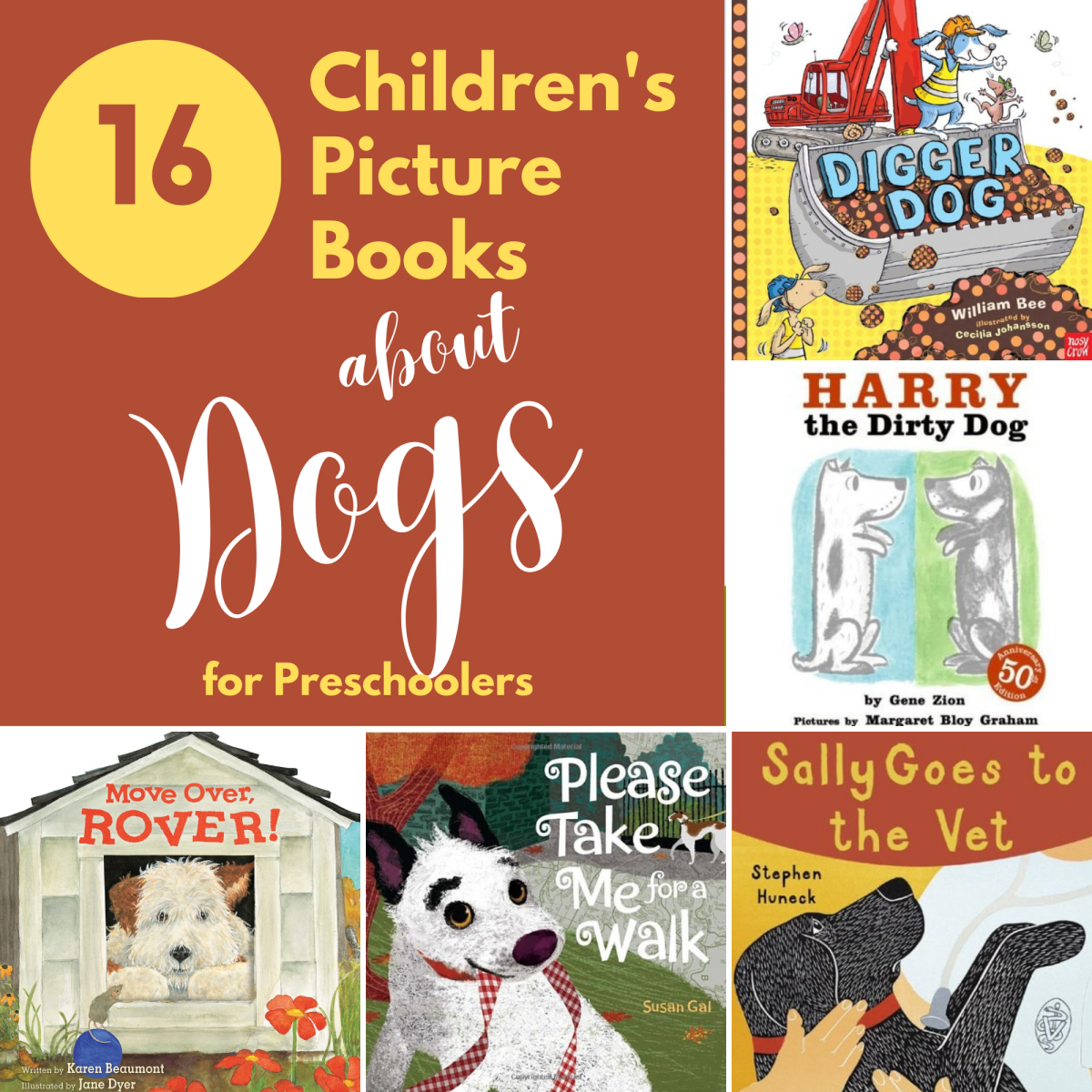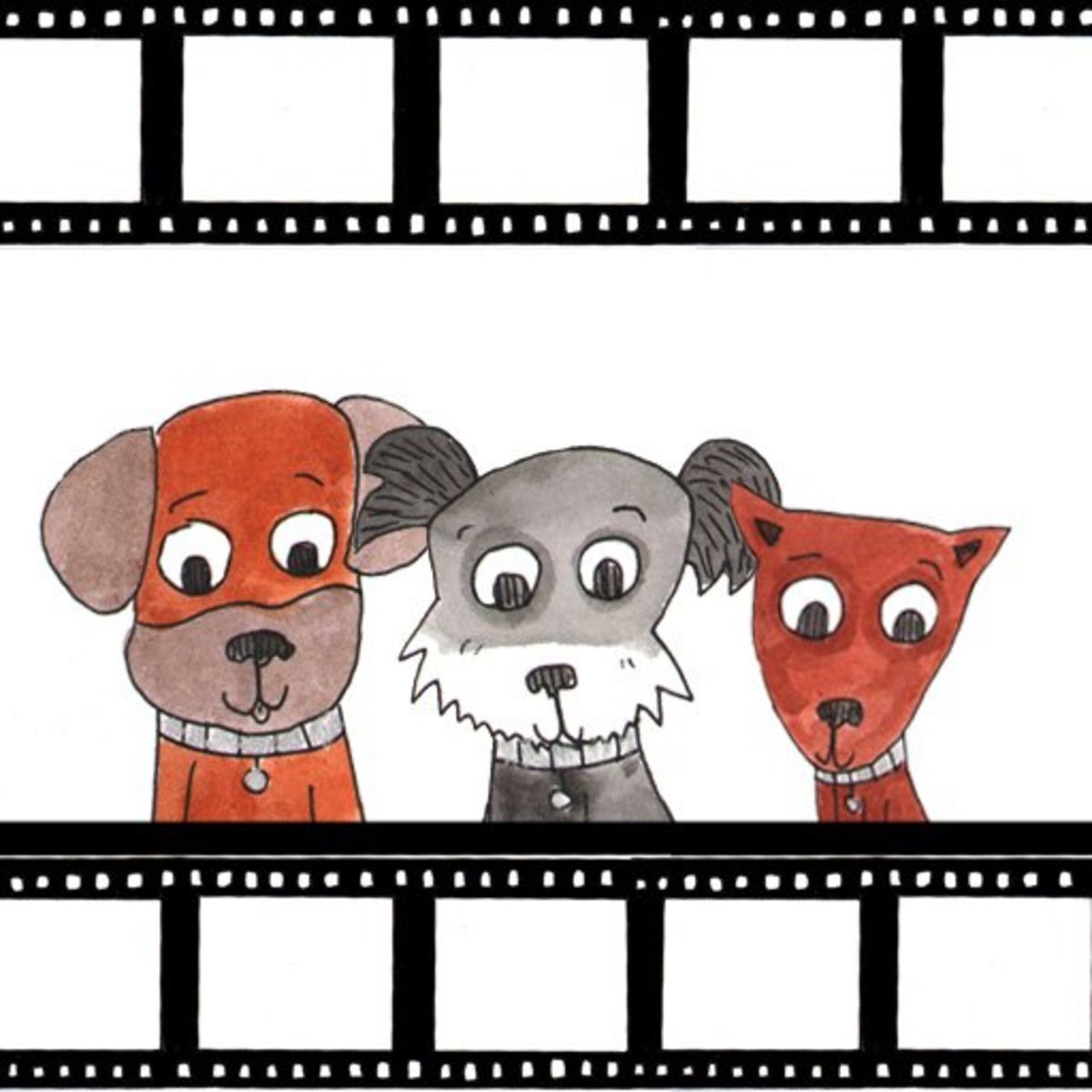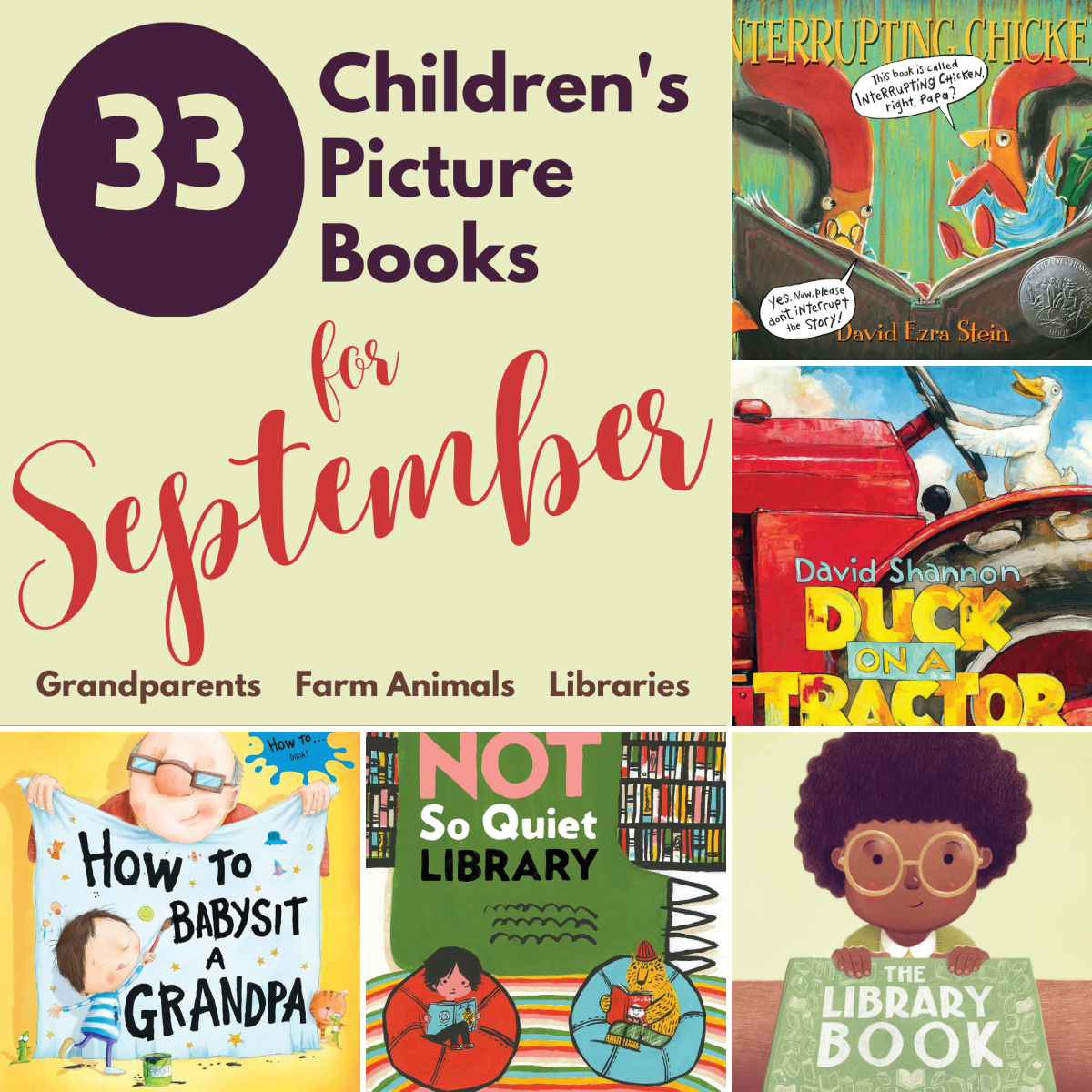Is it Easy to Write a Children's Picture Book?
I must get back to writing!
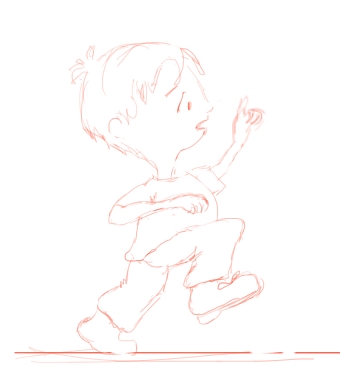
There is a misconception that, a story written for children is an easy story to write.
I beg to differ.
This article will show how much thought needs to go into a very short story that must also be illustrated.
Observe children, if you would write for them. Not much keeps their attention for longer than ten minutes... make that five...no two.
A picture book must be interesting. Children can be notoriously rude in ignoring the boring.
I say this with candor, after witnessing a group of children at a company Christmas Party. The puppet show was a disaster. The puppeteer mistakenly assumed just having puppets was enough to amuse the young. The young ones approached the stage trying to play with the puppets; while the older children were jostling among themselves. Those were pretty harsh critics.
As with the puppet show, your story has to catch a child’s interest. That interest needs to be sparked in the first sentence and hold the child to the last word. Children want to be entertained. They are tough critics.
Oh yes, do not forget to entertain the adult who will repeatedly read the story at bedtime. Otherwise word will get around. Parents have been known to hide the books that are boring to them. They might tell their adult parent friends! Beware.
Don’t be boring!
Join a Children's Picture Book Critique Group
I strongly urge aspiring authors to join a children’s picture book critique group. Doing just that has been a great experience for me.
The best combination is a mix... better writers and hopefully writers worse than your own level. It may take a few attempts to find the right group at the onset but persist.. You will learn from the more advanced writers but amazingly you will learn critiquing those not as advanced as yourself. Those novices, in turn, will surprise you by finding gaping holes in your own story lines.
It is easier to be objective about someone else's writing. It is shocking to realize how many mistakes happen to the novice writer for children. Those first drafts can be hideous. Which points to the fact, stories for children really are a work of art, craft and revision.
My peers have been very helpful and blunt...just like the children I want to write for.
How to Plan a Great First Draft
Thanks to my critique group, I have learned some obvious details that are routinely left out of first drafts. Using the following 11 point checklist to establish the outline of your story will go a long way to having a pretty decent first draft.
1.) Do you have a character that is interesting?
Start with an interesting character. He/she has to carry the story. There is no room for many stars in a picture book. Make yours memorable.
2.) Who is your main character?
It may be all obvious in your head who you are writing about but when the character gets on paper or in the computer; you might be surprised to learn we are not sure if this is a boy, girl, thing or animal.
3.) What is the goal of your story?
Another obvious fact but amazingly this goes wrong, especially with novices. Children are not mind readers. There has to be a clear goal your character wants to accomplish. Don’t make it so vague even adults are scratching their heads.
4.) Why is the goal there?
Something is happening in the story. Why? If you have been around children you have to know that WHY is their biggest question a zillion times over! Why does your character want that particular goal?
5.) Where is this happening?
It is all about location,location,location, just like in real estate. A story has to have a space where it happens and that needs to be stated. A castle? A pirate ship? In deepest Africa? Oh, in Brian’s bedroom. I got it!
6.) When is this happening?
This does not mean a specific date. Curious minds want to know when the story is happening. Today, yesterday, day, night, spring summer fall, the day before baby brother is born, the week before the new puppy arrives, even the weeks before Santa arrives.
7.) Is there a natural progression from start to finish?
No flashbacks or trips down memory lane. It is a short story...all in the here and now. Children live in the moment.
8.) Is the Story Logical?
A rambling story about fairies and some vague purpose that goes nowhere. What? Would you read it? Sure it is a super idea in your brain but it comes out all garbled. What were you thinking? That spells serious rewriting!
9.) Does your story have emotion?
This is subtle. A child needs to care about your character and emotion is how a child will care to find out more. Imbue your character with emotion in the way they act or speak.
10.) Show, Don’t tell.
It is a picture book after all. Leave something to be illustrated. In a picture book the text alone does not carry the story. I am still working on this one.
11.) Keep it simple
Descriptive, yes, but NOT like Aunt Flora going on and on about her operation. Don’t do that!
Short, great sentences with the best words you have in your vocabulary... not the big words; just the exact, right words!
One of my group members has just the right word for the sound a fuzzy slipper makes with each step... can’t divulge that, it is “her” copyright. That “word” along with other right descriptions make her stories awesome.
One day those simple stories may pass some tough critics. The three to eight year old crowd.
Sometimes creating pictures is easier than writing stories!
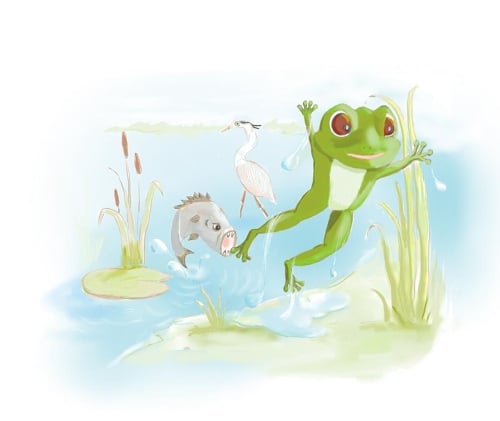
That was just the first draft...
That is just the beginning. You must revise and revise until the story flows smoothly and naturally with each page turn. It has to "sound" just right.
Once the text is good, a picture book dummy is next. At that point you will be surprised to realize some more revision is needed. Do you just write the story or will you attempt to illustrate it? Where are the page breaks. Is there enough action to illustrate? Is the action in the right places... you know..."pacing"? Simple, if you know how.
Hmm...now that I have written this, I think I will use it. Good hints!
Still working on it
I have taken courses, done some art tutorials, joined critique groups and know how to make a book dummy and I even have twelve story drafts under my belt. I have even taken a course on revising. Ha,ha,ha. But do you know what? Those 12 drafts are not the picture books I want to write. They tell the complete story in words. I have yet to learn to leave something for the imagination that the illustration will fill. Guess I have to consult my inner child more. It has been awhile.
It is incredibly frustrating in some ways and yet I still enjoy the process of learning the craft. I may never get that book written but I am having fun learning.
So I am reading picture books, lots of them. I just have to keep trying until I have a breakthrough. It seems like it is taking FOREVER!!!!

